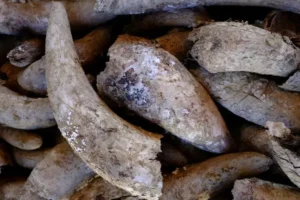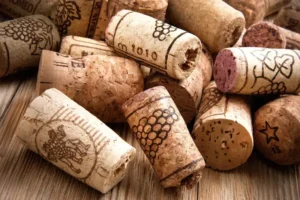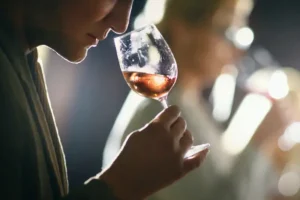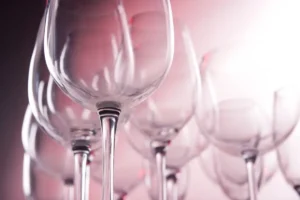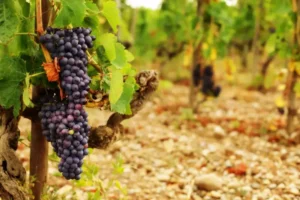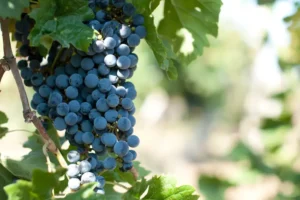Why Serving Temperature Matters
Serving wine at the right temperature can completely change how it tastes. Too cold, and the flavours and aromas are muted; too warm, and the alcohol becomes overpowering. The right temperature helps bring out the wine’s character – balancing freshness, fruit, and structure.
Ideal Wine Serving Temperatures
Sparkling Wines
Serve at: 6-10°C (43-50°F)
Sparkling wines should always be served well chilled. Cooler temperatures help preserve the bubbles and keep the wine crisp.
Examples: Champagne, Prosecco, Cava, Crémant.
Tip: Chill for 3 hours in the fridge or 30 minutes in an ice bucket before serving.
Light-Bodied White Wines & Rosé
Serve at: 7-10°C (45-50°F)
These wines are all about freshness and fruit. Too warm, and they lose their vibrant acidity.
Examples: Pinot Grigio, Albariño, Sauvignon Blanc, Provence Rosé.
Tip: 2 hours in the fridge usually does the trick.
Full-Bodied White Wines
Serve at: 10-13°C (50-55°F)
Richer whites, especially those aged in oak, benefit from being slightly warmer so their texture and complex aromas can shine.
Examples: Chardonnay, Viognier, white Burgundy.
Tip: Take out of the fridge about 20 minutes before serving.
Light-Bodied Red Wines
Serve at: 12-14°C (54-57°F)
Lighter reds taste best slightly chilled – this helps highlight their bright fruit and crispness.
Examples: Pinot Noir, Gamay, Beaujolais.
Tip: Chill for 30-40 minutes before serving.
Medium to Full-Bodied Red Wines
Serve at: 15-18°C (59-64°F)
These wines are best slightly below room temperature. Too warm and the alcohol will dominate; too cold and the tannins will feel harsh.
Examples: Merlot, Cabernet Sauvignon, Syrah/Shiraz, Malbec.
Tip: If stored at room temperature, pop the bottle in the fridge for 15 minutes before opening.
Dessert Wines
Serve at: 6-10°C (43-50°F)
Sweet wines taste best well chilled, as it balances their sweetness and keeps them lively.
Examples: Sauternes, Ice Wine, or Tokaji
Recap Ideal Wine Serving Temperature

Final Tips
- Don’t panic if your wine isn’t at the perfect temperature – a few degrees off won’t ruin it.
- It’s easier to warm up a cold wine than to cool down one that’s too warm.
- Always hold the glass by the stem to keep the wine from warming up too quickly.

